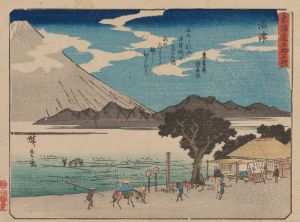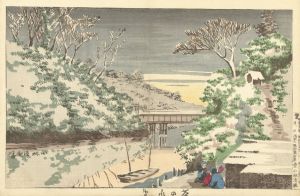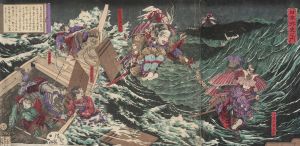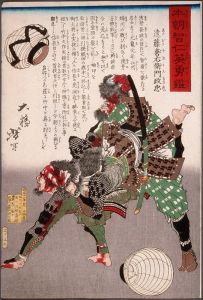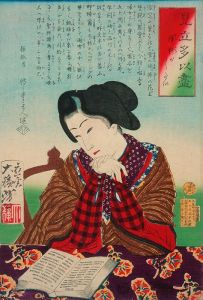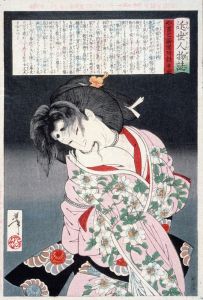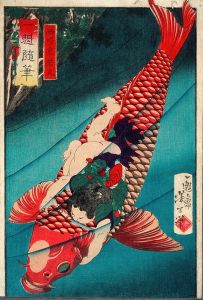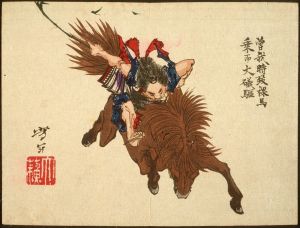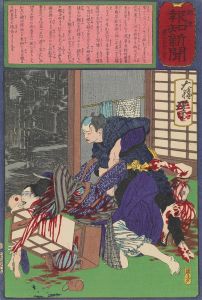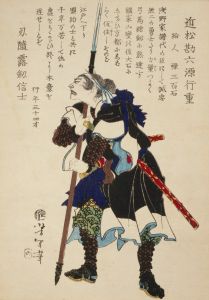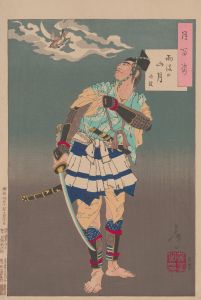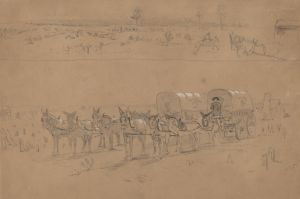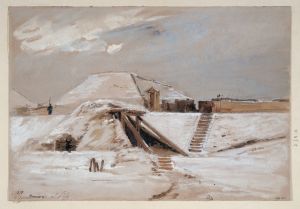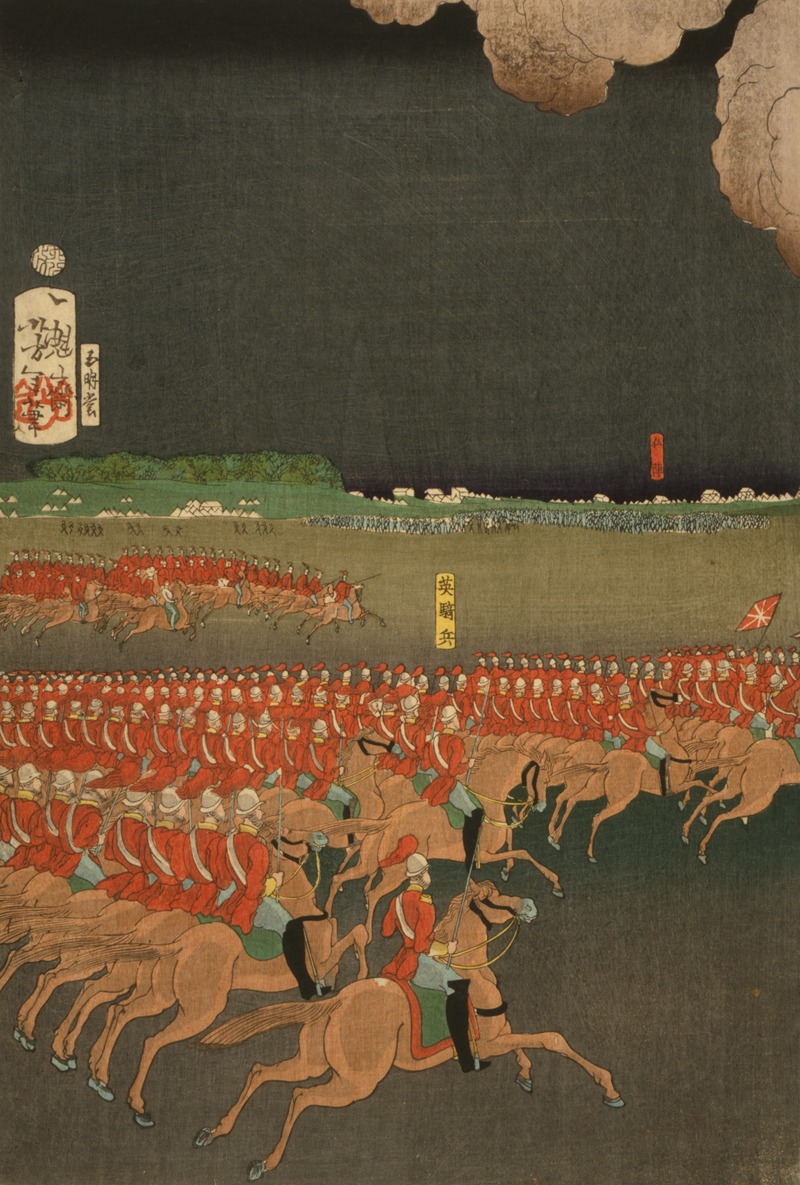
Furansu Igirisu sanpei daichōsen no zu
A hand-painted replica of Tsukioka Yoshitoshi’s masterpiece Furansu Igirisu sanpei daichōsen no zu, meticulously crafted by professional artists to capture the true essence of the original. Each piece is created with museum-quality canvas and rare mineral pigments, carefully painted by experienced artists with delicate brushstrokes and rich, layered colors to perfectly recreate the texture of the original artwork. Unlike machine-printed reproductions, this hand-painted version brings the painting to life, infused with the artist’s emotions and skill in every stroke. Whether for personal collection or home decoration, it instantly elevates the artistic atmosphere of any space.
"Furansu Igirisu sanpei daichōsen no zu" is a woodblock print created by the renowned Japanese artist Tsukioka Yoshitoshi. Yoshitoshi, born in 1839 and active during the late Edo and early Meiji periods, is celebrated for his innovative approach to traditional ukiyo-e art, a genre of woodblock prints and paintings that flourished in Japan from the 17th through the 19th centuries.
This particular work, "Furansu Igirisu sanpei daichōsen no zu," translates to "The Great Battle between France and England," and is part of Yoshitoshi's oeuvre that often depicted historical events, legends, and scenes of conflict. The print is believed to have been created in the context of the Meiji Restoration, a time when Japan was rapidly modernizing and opening up to Western influences after centuries of isolation.
Yoshitoshi's work is characterized by its dynamic composition, vivid colors, and intricate details, all of which are evident in this print. The scene likely portrays a naval battle, a common subject in Yoshitoshi's prints, reflecting the global conflicts and power struggles of the time. The depiction of Western nations such as France and England in Japanese art during this period signifies Japan's growing awareness and interest in international affairs, as well as the influence of Western technology and culture.
The Meiji era was a transformative period in Japanese history, marked by the country's transition from a feudal society to a modern state. This era saw significant changes in Japan's political, social, and economic structures, and art played a crucial role in documenting and interpreting these changes. Yoshitoshi's work, including "Furansu Igirisu sanpei daichōsen no zu," provides valuable insights into the cultural and historical context of the time.
Yoshitoshi was known for his ability to blend traditional Japanese artistic techniques with new themes and subjects, making his work particularly appealing to both Japanese and Western audiences. His prints often featured dramatic and sometimes violent scenes, capturing the intensity and emotion of the events he depicted. This approach not only showcased his technical skill but also his deep understanding of human nature and the complexities of the world around him.
Despite facing personal and professional challenges, including financial difficulties and mental health issues, Yoshitoshi continued to produce influential works until his death in 1892. His legacy is evident in the continued appreciation and study of his art, which remains an important part of Japan's cultural heritage.
"Furansu Igirisu sanpei daichōsen no zu" exemplifies Yoshitoshi's mastery of the ukiyo-e form and his ability to convey powerful narratives through his art. While specific details about this print may be limited, its existence within Yoshitoshi's body of work highlights the artist's engagement with the themes of conflict and cultural exchange during a pivotal moment in Japanese history.





